There has been quite a bit of discussion recently about the relative merits of CCD and CMOS sensors. I did some further reading and came across this article. The most interesting part talks about the response to light of the two sensors compared with human vision which will always sacrifice shadows if the available range is exceeded, like exposing to the right. The CCD responds in a similar way, having more sensitivity above a mid tone rather than below so it will tend to produce better highlights. CMOS in contrast has the exact opposite response with more sensitivity below a mid tone. The cheeseboard CCD example on the left shows slightly better detail in the highlights, especially in the wine glass.
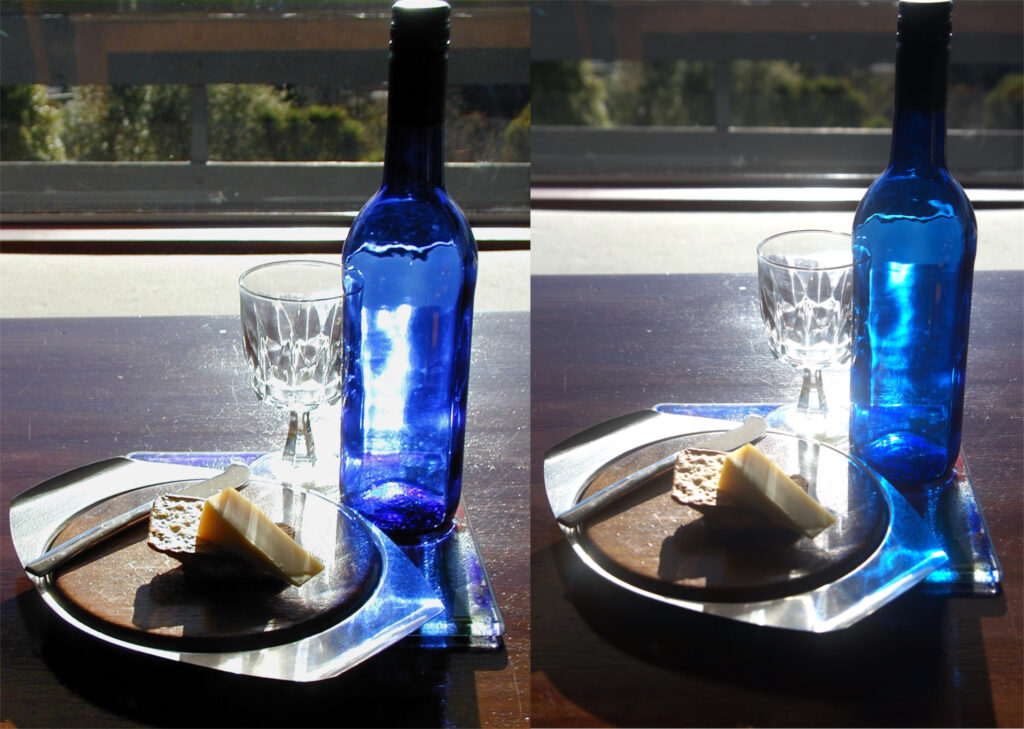
CCD left, CMOS right.
CCD and CMOS sensor differences
In technology there has always been competition between different approaches to something of use. Petrol powered cars replaced electric and steam in the very early days only to begin to give way to electric once more today. VHS and Betamax ousted earlier options for video recording and VHS in turn ousted Betamax because it was commercially more viable despite being of slightly inferior quality.
In digital stills photography, the CCD sensors most cameras used at first soon gave way to CMOS which offered several desirable and practical advantages such as lower power consumption and longer battery life, less heat (and shadow noise) and a more immediate response in live view amongst others plus things.
So why is there still discussion over which gives the best image? The piece I read on the subject which appeared only last year, 2024, implies that CCD gives a more natural result. I gather that some movie industry cameras apparently still use CCD because they give a more film-like image for example though not necessarily more natural of course. And, as Hamish posted back in 2016, the Leica M8 made great play of using the CCD rather than the CMOS, something I was unaware of. I can see the appeal for Leica, the particular differences probably had the look they were aiming for. Their sensor would also have performed much better than my Olympus, removing some of the practical limitations.
To see if I could form an opinion for myself I have taken comparison shots with both sensors to see if anything can be gleaned. We are in subjective territory here of course so my comments are mine alone, you can make your own known if you wish.
My one CCD equipped camera is my original digital, the 2mp Olympus C2000Z I bought new in 1999. My current mirrorless is a 20mp CMOS equipped Sony A3000 from 2013 which I can set to record 5mp images at 3:2 proportions, the closest I can get to an exact comparison and using a relatively modern Tamron zoom to match framing and focal lengths and setting auto white balance. For some reason I had to set the Sony to ISO 200 to produce comparable exposure level to the Olympus at ISO 100.
I have tried to show comparative shots as straight jpegs from the camera and with only auto white balance applied in Affinity Photo. The way each camera handles jpegs seems to be making a like for like exact comparison difficult but they certainly look a little different. The Oly does not offer RAW.
Comments.
My feature image was made some twenty plus years ago and is a composite of five .TIFs from my Olympus C2000Z, with the CCD sensor. (It took almost a quarter of an hour to take the five shots.) It has a richness and depth that may be being helped by the sensor.
I took comparative shots of my bookcase as described above and applied auto levels in Affinity.
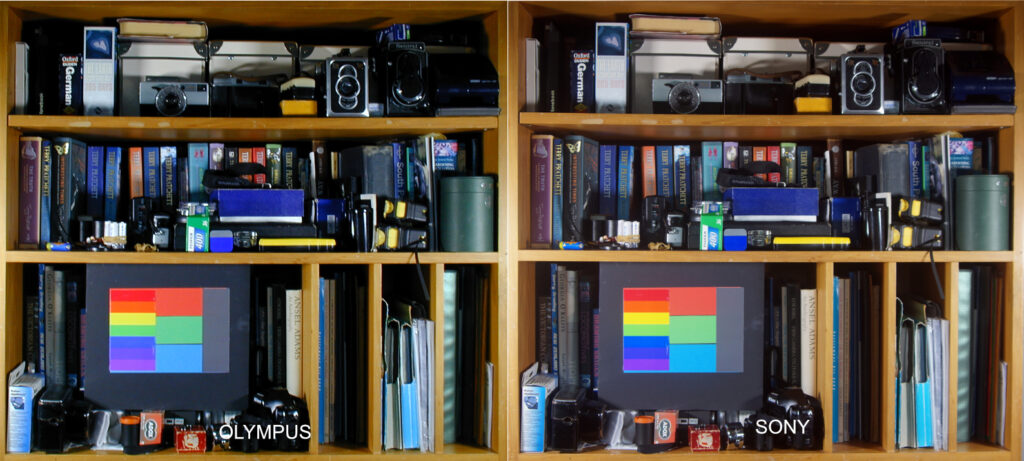
My own reactions are as follows:-
Contrast is slightly higher with the CCD sensor. CCD certainly has more punch straight from the camera and after applying auto levels the differences in tone range can be seen I think.
Colour is a little more vibrant straight from the camera.
Detail is comparable at these low ISOs.
Noise is more difficult to assess with my cameras and a useful comparison hard to produce. The Olympus only goes up to ISO 400 no doubt to limit noise so differences will be marginal – I often use an ISO of 800 or 1600 for screen use with the Sony. This is definitely an area where there is no contest.
Preference?
I don’t see that much of this would matter apart from the desire for a different look in much the same way that different films will influence the outcome, different not necessarily better, and probably the main motivation with the Leica M8. It also gave the gainsayers some ammunition too I guess.
I don’t use digital that much these days but having resurrected the Olympus for some IR experiments I definitely couldn’t go back to the sluggish response times of those early days. A later camera like the M8 or early SLRs might change my mind but CMOS does me fine for my general work. À chaq’un son goût!
Share this post:


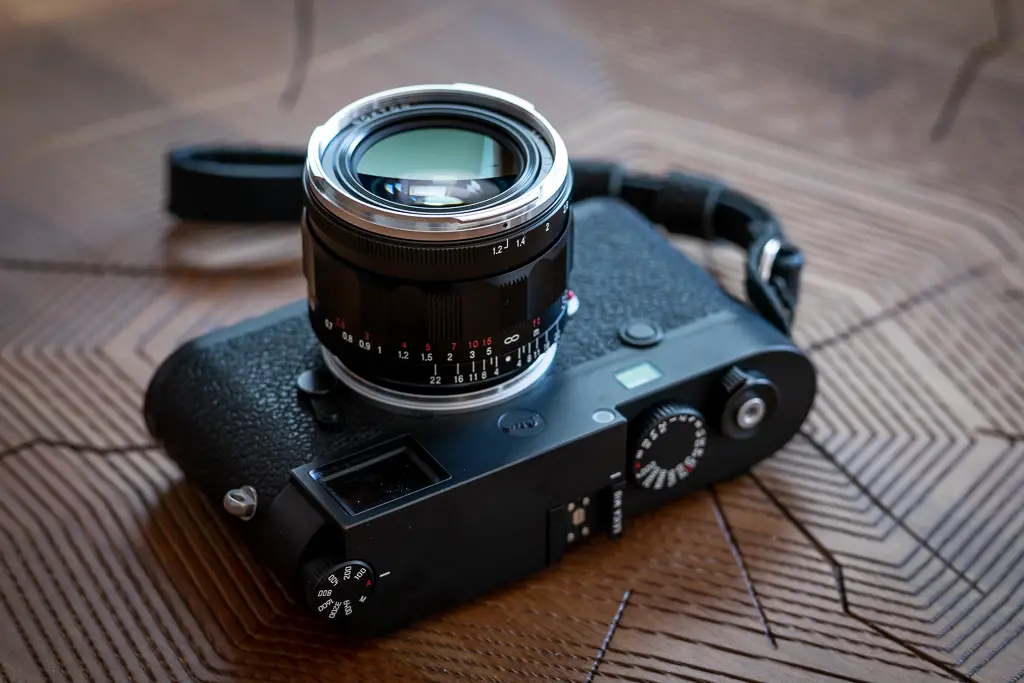

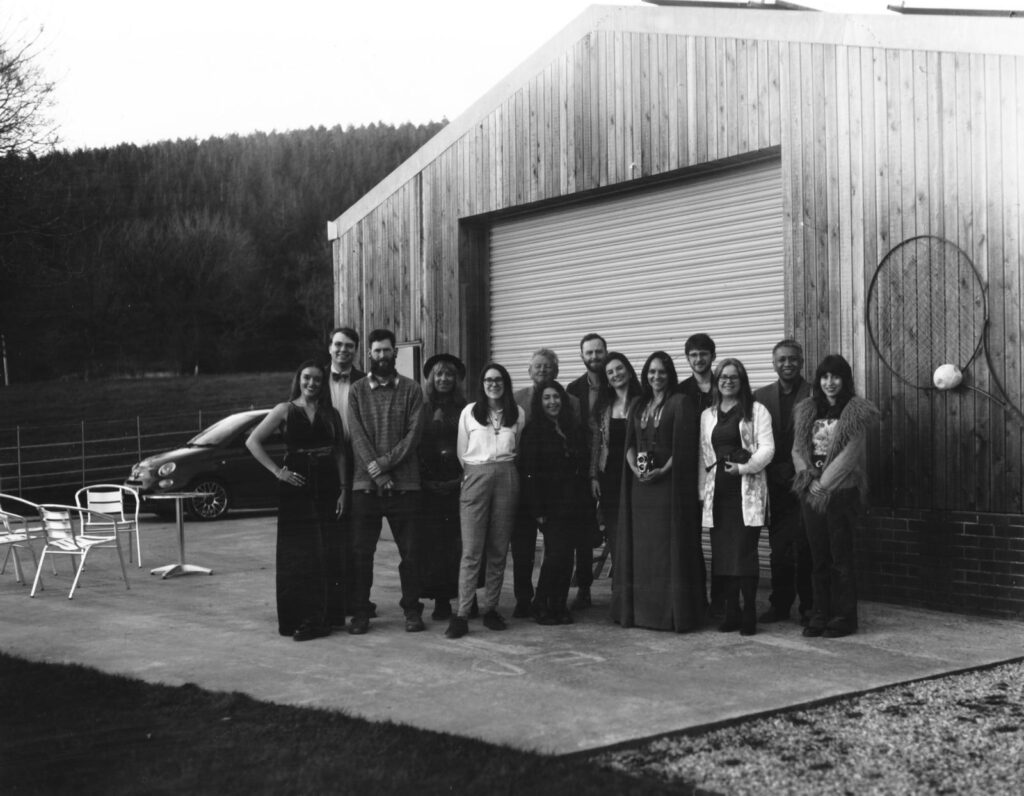
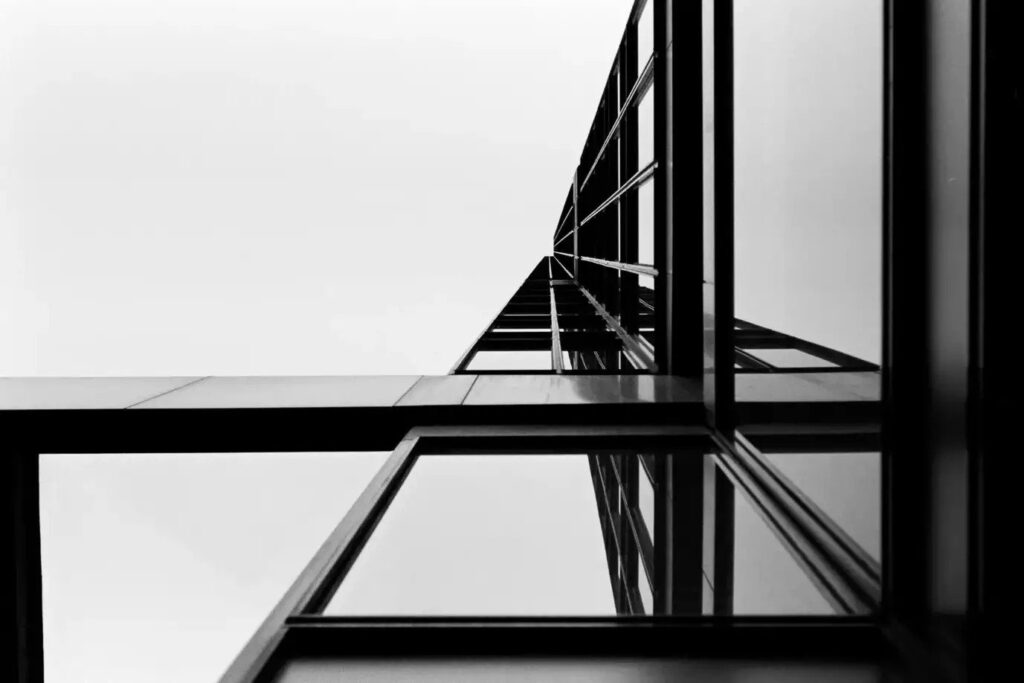
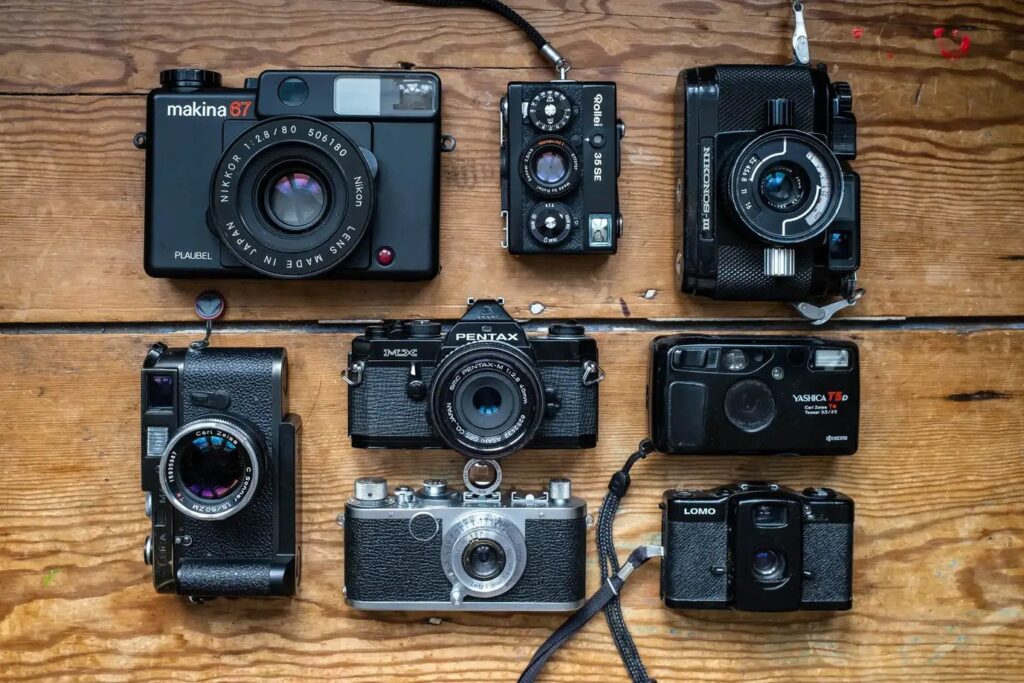
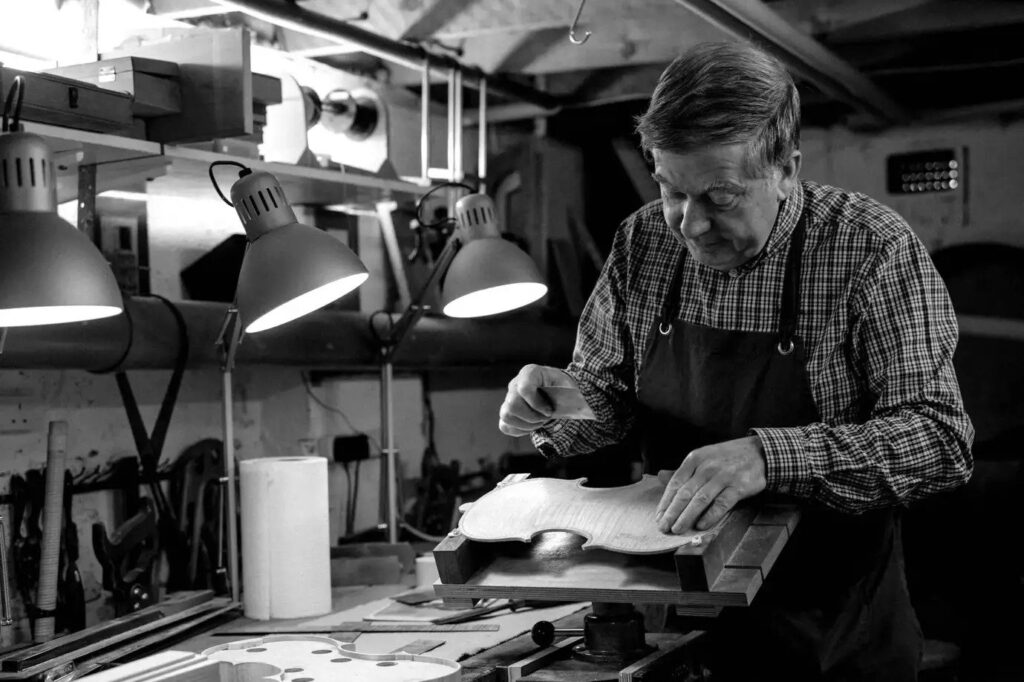
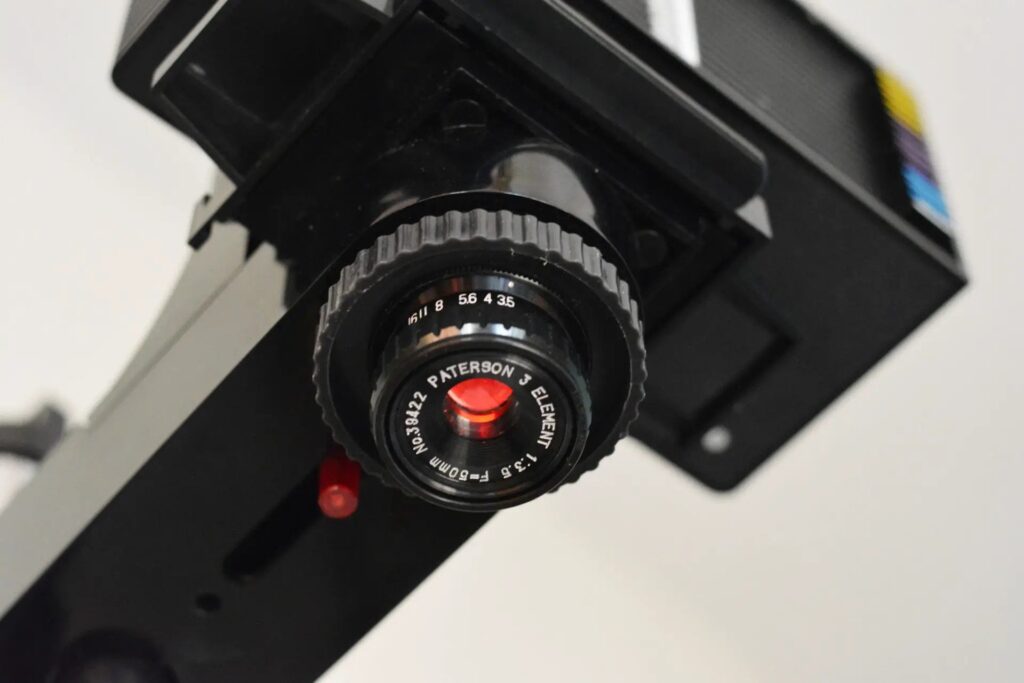
Comments
Martin on A personal view of the CCD versus CMOS debate.
Comment posted: 18/02/2025
Thanks for the comparison!
Comment posted: 18/02/2025
Gary Smith on A personal view of the CCD versus CMOS debate.
Comment posted: 18/02/2025
For me anyway.
Thanks for your article Tony!
Comment posted: 18/02/2025
Eric George Rose on A personal view of the CCD versus CMOS debate.
Comment posted: 18/02/2025
Comment posted: 18/02/2025
Dave Powell on A personal view of the CCD versus CMOS debate.
Comment posted: 18/02/2025
HI Tony!
One of the clearest differences I've heard of is that CCDs can to a certain extent be better at capturing fast-moving subjects. Because it's a "global sensor" that captures and saves images all at once instead of processing them into memory line-by-line, the CCD isn't apparently as susceptible to "rolling shutter" distortions. Of course, the "global sensor" aspect is responsible for CCDs' higher energy consumption and heating. And the image processors in some modern CMOS cameras may be fast enough to minimize rolling-shutter!